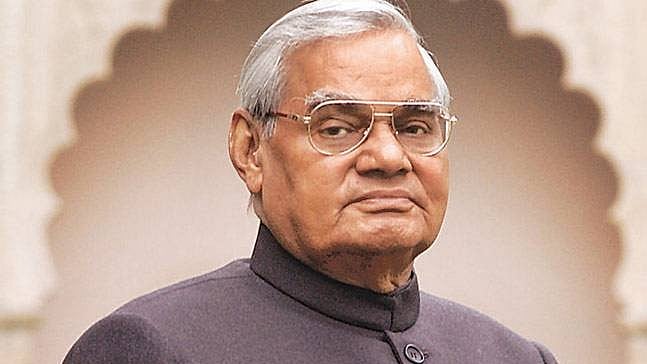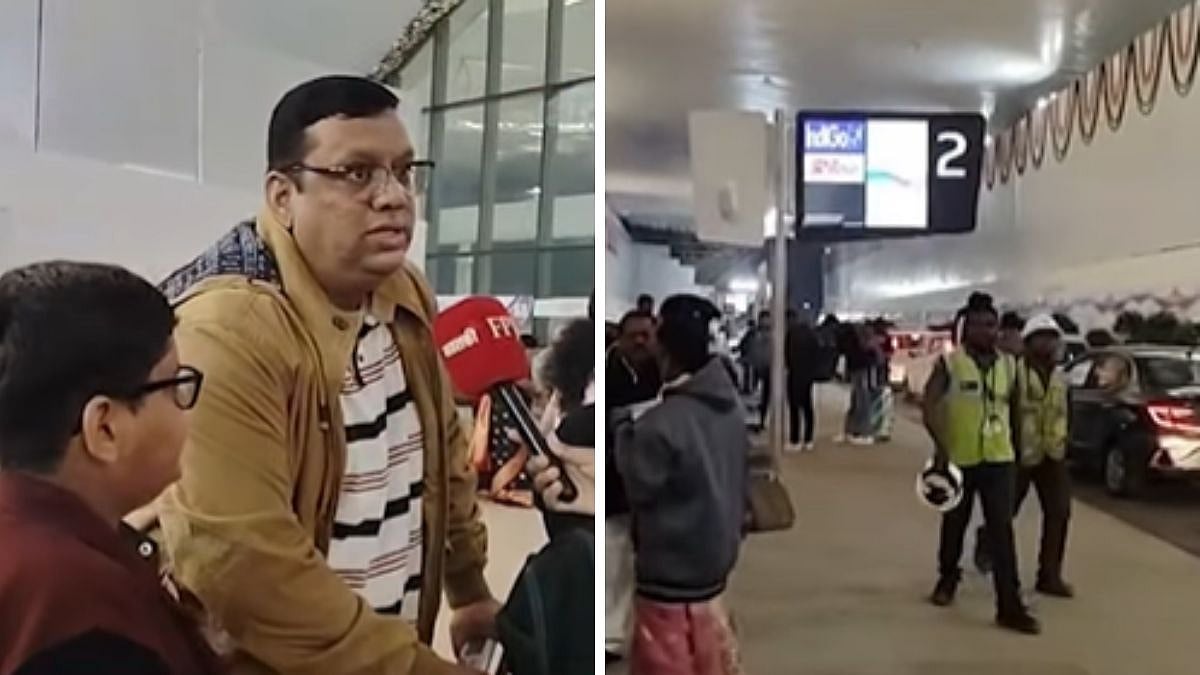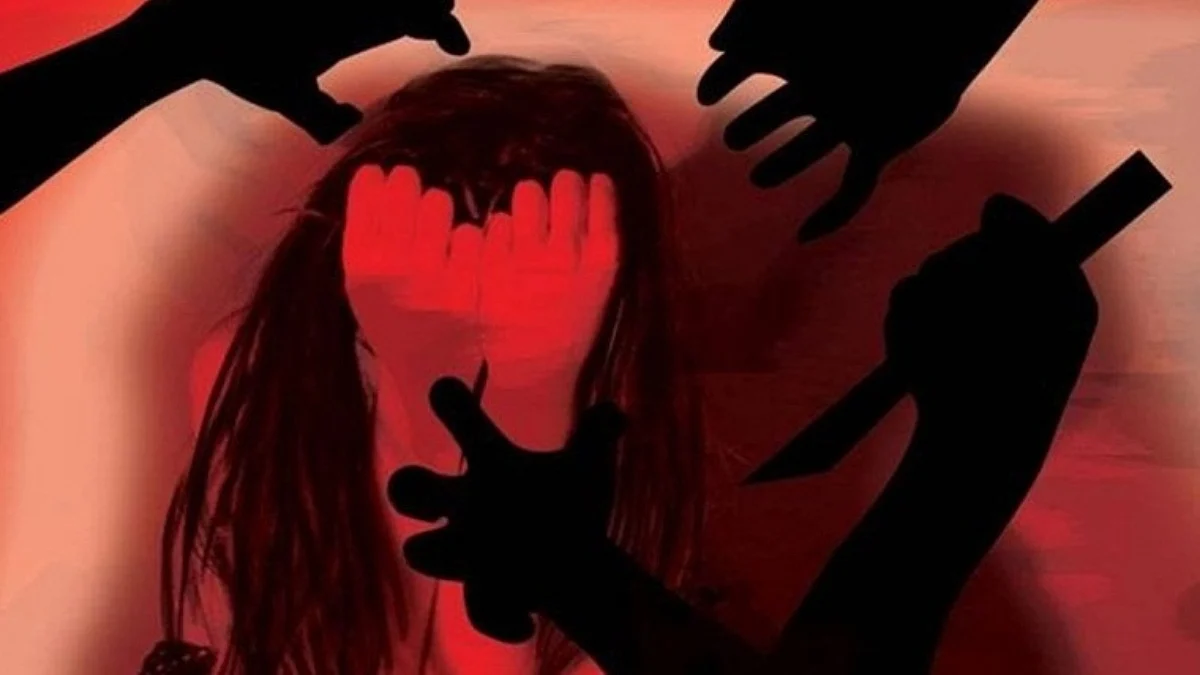World AIDS Day, observed globally on 1st December since 1989, is an occasion to take stock and reflect upon what has been achieved towards the prevention, control and management of HIV/AIDS and where do we lag behind. There is no doubt that the achievements have been phenomenal in saving millions of lives and several more from getting HIV infections globally during the past two decades. India has also done well, not only for itself but it has contributed immensely by making anti-retroviral therapy (ART) affordable and accessible to over 90% of people living with HIV (PLHIV) in the world. However, our goals are high and a little too far from being achieved.
We have adequate and efficient tools to end AIDS - be it the science-backed tools and approaches to prevent HIV transmission, or diagnosing and treating PLHIV so that they can live healthy and fulfilling lives. With these tools, we are progressing but not progressing fast enough as we should, to end AIDS by 2030. An array of "missed opportunities‟ is plaguing the AIDS response worldwide. Factors like lack of accountability, sub-optimal programme effectiveness, and complacency are slowing us down from reaching the goal of an AIDS-free world. The covid-19 pandemic did play spoilsports, but we cannot use it as an excuse towards the non-achievement of goals.
We have robust ART, that can result in undetectable viral load for those PLHIV on treatment within just a couple of months and by now it is amply clear that "Undetectable is Untransmittable‟ or U=U. Thus, each new HIV case is a "missed opportunity‟ where a range of combination prevention options could have helped prevent the person from getting infected. Likewise, every AIDS-related death is a grim reminder that it could have been averted because we have proven science-backed tools to make "AIDdeath‟ a history.
The World AIDS Day 2022 theme is “Equalize”
We will have to end the inequalities which perpetuate the AIDS pandemic. The “Equalize” slogan of UNAIDS is a call to action for all of us to work for the proven practical actions needed to address inequalities to help end AIDS. All PLHIV must have access to HIV testing and treatment. Laws and policies should help end (and not abet) the stigma and discrimination faced by people living with HIV and by key and marginalised populations and laws like India's HIV/AIDS ACT 2017 should not remain a toothless weapon.
UN SDGs as well as the National Health Policy of India promised that by 2020, 90% of people living with HIV will know their status, 90% of these will have access to ART and 90% of those on ART will have viral suppression. Most countries were not able to deliver on 2020 HIV targets of 90-90-90 but made commendable progress. Conveniently shifting goalposts will not help end AIDS. We can end AIDS by 2030 but the curve will not bend by itself. We need to remember that we could have achieved these goals had we succeeded in eliminating "missed opportunities‟ in the AIDS response. We should have ensured that a full HIV combination prevention spectrum and a complete range of diagnostics, treatment, care and support services were reaching everyone, especially those among the key populations. We should have worked with heightened sense of purpose and urgency to help prevent HIV infection transmission and avert AIDS deaths. Ending AIDS is one of the targets of UN SDGs. Unless we progress on all SDG goals and targets, we will not be able to progress towards ending AIDS as we should.
1.7 mn children among 38.mn having HIV
Globally, the data for 2021 shows that 38.4 million people were living with HIV out of which 1.7 million were children. 54% of all people living with HIV were women and girls. In 2021, 650,000 people died of AIDS-related causes - one every minute, despite effective HIV treatment and tools to prevent, detect and treat opportunistic infections such as cryptococcal meningitis and TB. These are preventable deaths.
An astonishing 1.5 million people became newly infected with HIV in 2021 - 4000 new infections every day. The number of people on HIV treatment increased by only 1.47 million in 2021, compared to net increases of more than 2 million people in previous years. Globally, 85% of all people living with HIV knew their HIV status in 2021.
Among people who knew their status, 88% were accessing treatment. And among people accessing treatment, 92% were virally suppressed. In other words of all people living with HIV 85% knew their status, 75% were accessing treatment and 68% were virally suppressed in 2021.
According to UNAIDS, an estimated 2.4 million people were living with HIV in India in 2021 (including 70,000 children). Out of these 1.9 million or 77% knew their HIV status; 1.6 million (or 65% of 2.4 million) were on lifesaving antiretroviral therapy; and 1.3 million (or 55% of 2.4 million) had suppressed viral load. More alarmingly, 63,000 people were newly infected with HIV in 2021 in India - 173 new infections every day or 7 infections every hour. And sadly, there were 42,000 AIDS-related deaths in 2021 (5 deaths every hour).
Goal to #EndAIDS
In the journey towards #endAIDS goals, one of the earlier milestones has to be the elimination of parent-to-child transmission of HIV (or vertical transmission of HIV), as that doesn't even need a change in behaviour unlike the sexual mode of transmission. India, despite progress towards eliminating parent-to-child transmission of HIV, is yet to achieve the goal. The coverage of pregnant women who receive medicines to prevent HIV transmission to the unborn child (during pregnancy or breastfeeding) is 64%. Vertical transmission rate including during breastfeeding 24.3%. This is another "missed opportunity‟ which we truly cannot afford to ignore if we are to end AIDS in the next 96 months (by 2030), rather we should completely eliminate parent-to-child transmission of HIV as early as possible.
Data-backed science has long raised the alarm on low coverage of HIV services among those who are most at risk, such as the key populations. Needless to say, we have to scale up the HIV response, especially for those who are at relatively higher risk. While overall HIV prevalence in adults in India is 0.24%, HIV prevalence in sex workers is 1.9%; in gay men and other men who have sex with men (MSM) it is 3.3%; in transgender people, it is 3.85%, and in people who inject drugs it is 9%. Whereas HIV prevalence in prisoners is 1.9% but coverage of antiretroviral therapy is only 28.7% in prisoners.
Amidst calls to #endAIDS globally, let us remember that business as usual will fail us. If current trends continue, more than 1.2 million people will be newly infected with HIV in 2025 - three times more than the pre-set target of 370,000 new infections by 2025.
90% of antiretrovirals consumed globally from India
India's capacity to produce generic HIV medicines and supply them worldwide did result in major successes for the global AIDS fight as over 90% of antiretrovirals consumed globally were from India. We have the time-tested and proven capacity to manufacture HIV diagnostics, medicines and robust supply chain mechanisms to deliver them worldwide sustainably. But are HIV programmes worldwide strong enough to ensure that HIV prevention, diagnostics, treatment, care and support services are reaching every person in need – without any further delay?
The next best opportunity to eliminate the difference between “what we know works” and “what we do” is now. We know how to prevent HIV, diagnose HIV, treat, care and support PLHIV. But the gap between - where we are and where we need to be or "what we can do‟ and the ground reality is a chasm we cannot afford to have anymore. Bridge the gap to end AIDS. At least make a good beginning from this World AIDS Day. The 14th National Conference of AIDS Society of India, to cover HIV and emerging infections and with the theme “EnergiZe - EmpathiZe - EqualiZe” will be held at ITC Welcome Hotel, Delhi from 17-19 March 2023 and will deliberate on all these issues threadbare with ace international and national faculty and policymakers on board.
(Dr. Ishwar Gilada is Secretary General, Peoples Health Organisation; President, AIDS Society of India (ASI) and Governing Council member of International AIDS Society (IAS) gilada@usa.net; www.asi-asicon.com)








